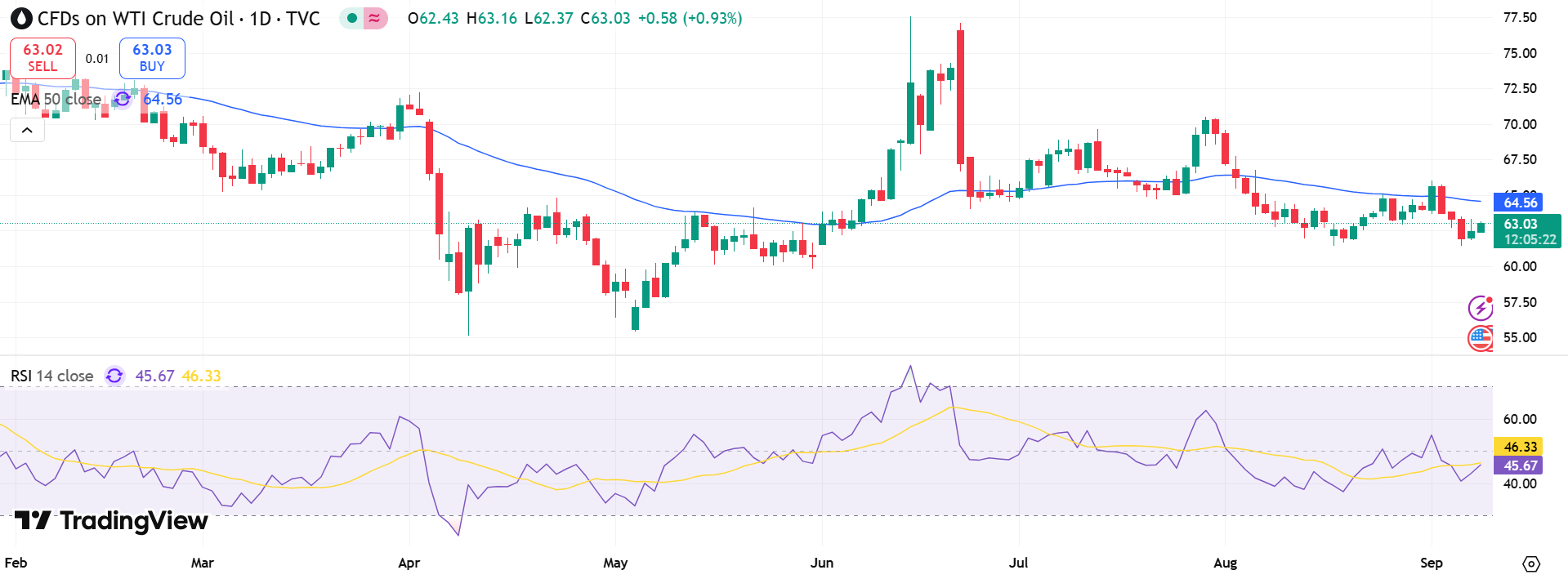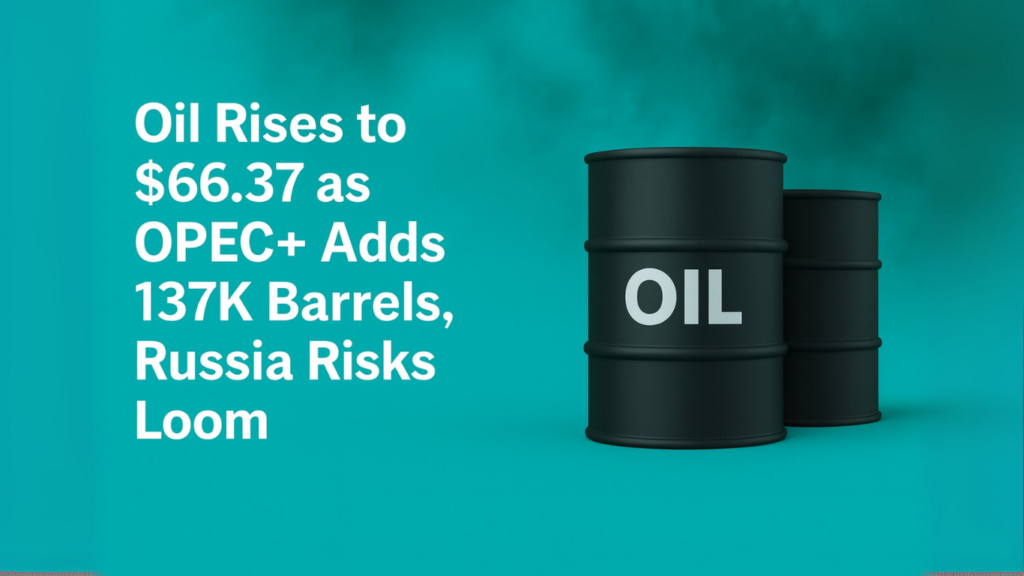Crude oil prices edged higher Tuesday after OPEC+ announced a smaller-than-expected production hike for October, underscoring concerns about future supply. Brent crude rose 35 cents, or 0.53%, to $66.37 per barrel, while West Texas Intermediate gained 32 cents, or 0.51%, to $62.58.
The cartel and its allies agreed to add 137,000 barrels per day starting next month. This increase is markedly below the monthly increments of 555,000 bpd in August and September, and 411,000 bpd in July and June. The restrained move came as a surprise to markets expecting a stronger output push.
“The October decision effectively reverses cuts that were meant to stay until 2026, following the swift return of idle barrels in recent months,” said Daniel Hynes, senior commodity strategist at ANZ, in a client note.
Analysts at Haitong Securities cautioned that oversupply remains a dominant theme, noting that faster-than-expected OPEC+ increases earlier in the year collided with weaker-than-forecast demand.
Sanctions Threaten Russian Supply
Oil prices also found support from mounting geopolitical risks. Speculation of new sanctions on Russia gained traction after the country’s largest airstrike on Ukraine set fire to a government building in Kyiv.
U.S. President Donald Trump signaled readiness to launch a second round of restrictions, while the European Union’s top sanctions official traveled to Washington for discussions on coordinated transatlantic measures.
Stricter sanctions could curb Russian crude exports, adding pressure to already strained supply chains. Market participants view this as a critical factor that could lift oil prices in the coming months.
Key drivers for the current oil rally include:
- Limited OPEC+ output hike: 137K bpd versus expected higher additions.
- Geopolitical tensions: Rising risks of U.S.-EU sanctions on Russia.
- Market imbalance: Oversupply concerns persist despite constrained output.

Fed Policy Outlook Shapes Demand
The U.S. Federal Reserve’s Federal Open Market Committee meets next week, with traders pricing in an 89.4% probability of a quarter-point interest rate cut.
Lower borrowing costs typically stimulate economic activity and, in turn, fuel energy demand. For oil markets, easier monetary policy could provide an additional boost to consumption, countering the drag from oversupply fears.
While supply remains in focus, the dual forces of sanctions risk and monetary easing leave investors weighing whether crude prices can sustain gains above the mid-$60 range.


